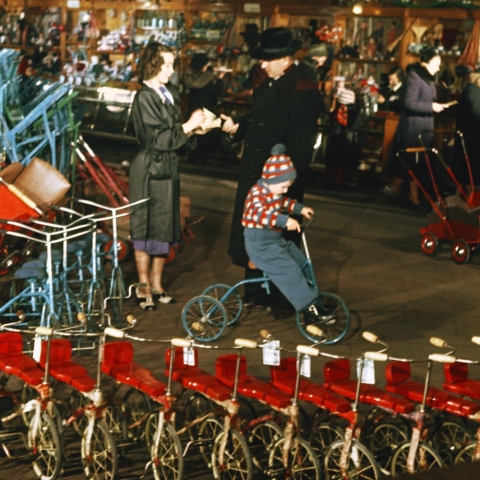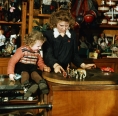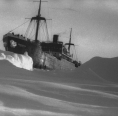-

VLADISLAV MIKOSHA'S PHOTO EXIBITION IN SATKA
-
Address:
-
Partners:
Between March 24th and June 19th Magnezit Museum and Magnezit Cultural Center will host the photo exhibitions dedicated to famous Soviet cameraman and photographer Vladislav Mikosha: “Time Machine. Color. 1930–1970s” and “The Arctic. Color. 1930–1970s”. The exhibitions are provided by Multimedia Art Museum, Moscow.
Vladislav Mikosha (1909–2004) is a legendary photographer and cameraman who captured such famous events as the demolition of the Cathedral of Christ the Saviour and the rescue of SS Chelyuskin survivors, the Battle of Sevastopol and the Liberation of Warsaw, meetings of Stalin and Mao, Khrushchev and Kennedy. Holding a camera in his hands for over six decades, Vladislav Mikosha left an enormous number or pictures as witnesses to the stormy times he lived in: frontline footage, photoshoots for Ogoniok and Vokrug sveta magazines, portraits of political and cultural figures.
The twenty-minute color film about the Victory Parade on Red Square, large color photograph series of post-war Moscow and Leningrad, Crimea and the Caucasus, China (1949–1950), Indonesia (1955), Burma (1956), Tbilisi (1951), a series of color postage stamps issued as early as 1940 for the All-Union Agricultural Exhibition — Mikosha was one of the pioneers of Soviet color photography and color did drive the monochrome back in his post-war work.
The exhibition “Vladislav Mikosha. Time Machine. Color. 1930–1970s” in Magnezit Cultural Center will show the color photos of Moscow taken by Vladislav Mikosha in 1930–1970s. Mikosha’s Soviet Moscow will appear before the audience in its full range of emotions and upheavals.
The exhibition “Vladislav Mikosha. The Arctic. Color. 1930–1970s” in Magnezit Museum is divided into three parts: the arrival of airship Graf Zeppelin in Leningrad on 25 July 1931, the SS Chelyuskin rescue mission on SS Smolensk in February–June 1934, departure of the air expedition to North Pole-1 on 21 March 1937. The three series of the exhibition are interconnected not only because of their common author — they share the same intensity, similar characters, equal importance of the moment.
-
26.08 - 26.08
DIARY OF THE THIRD INDUSTRIAL BIENNALE
-
28.11 - 28.11
MY SATKA FESTIVAL WINS THE CONTEST OF CORPORATE VOLUNTEER PROJECTS
-
13.10 - 15.10
COOPERATION WITH VGIBL NAMED AFTER M.I. RUDOMINO



